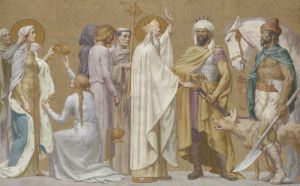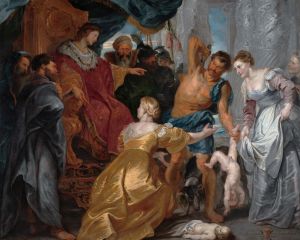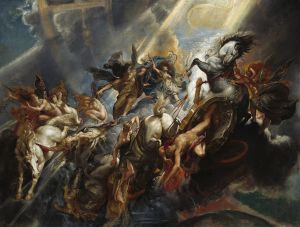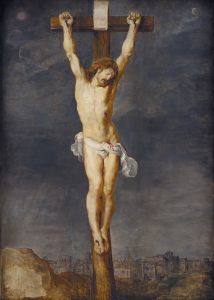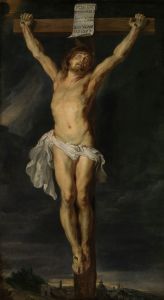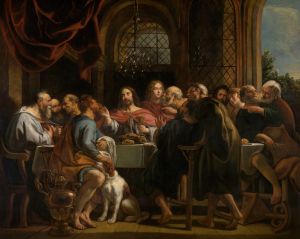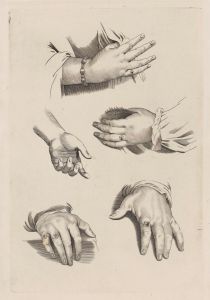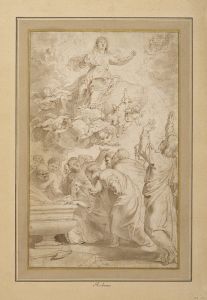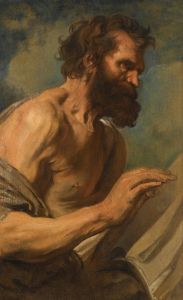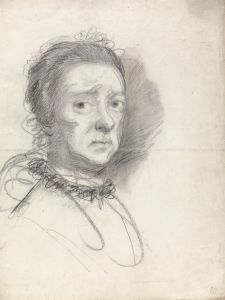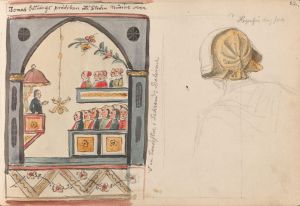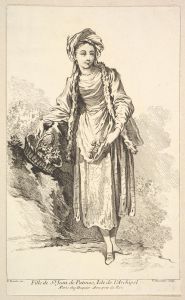
Susanna and the Elders
A hand-painted replica of Peter Paul Rubens’s masterpiece Susanna and the Elders, meticulously crafted by professional artists to capture the true essence of the original. Each piece is created with museum-quality canvas and rare mineral pigments, carefully painted by experienced artists with delicate brushstrokes and rich, layered colors to perfectly recreate the texture of the original artwork. Unlike machine-printed reproductions, this hand-painted version brings the painting to life, infused with the artist’s emotions and skill in every stroke. Whether for personal collection or home decoration, it instantly elevates the artistic atmosphere of any space.
"Susanna and the Elders" is a painting by the Flemish Baroque artist Peter Paul Rubens, created around 1607. The work is based on the biblical story from the Book of Daniel, which tells the tale of Susanna, a virtuous and beautiful woman who is accosted by two elders while bathing. The elders threaten to falsely accuse her of adultery unless she agrees to their advances. Susanna refuses and is eventually vindicated by the prophet Daniel.
Rubens' interpretation of the story is notable for its dramatic intensity and the masterful use of color and composition. The painting captures the moment when the two elders confront Susanna, who is depicted in a state of distress and vulnerability. Rubens' skillful rendering of the figures and their expressions conveys the tension and emotional gravity of the scene.
The composition of "Susanna and the Elders" is characterized by its dynamic arrangement and the interplay of light and shadow. Rubens employs a rich palette of colors, with a particular emphasis on the contrast between Susanna's pale skin and the darker tones of the elders' clothing and the surrounding environment. This contrast serves to highlight Susanna's purity and innocence in the face of the elders' corruption and deceit.
Rubens was heavily influenced by the works of Italian Renaissance artists, particularly Titian and Caravaggio, and this influence is evident in "Susanna and the Elders." The painting reflects Rubens' admiration for the dramatic chiaroscuro and the naturalistic depiction of the human form that were hallmarks of these earlier artists. Additionally, Rubens' time spent in Italy studying classical sculpture and Renaissance painting had a profound impact on his artistic development, which is reflected in the classical composition and the anatomical precision of the figures in this work.
"Susanna and the Elders" is also significant for its reflection of the cultural and artistic context of the early 17th century. During this period, there was a renewed interest in classical themes and biblical stories, which were often used to convey moral and ethical lessons. Rubens' painting not only illustrates a well-known biblical narrative but also engages with contemporary themes of virtue, justice, and the abuse of power.
The painting is currently housed in the Borghese Gallery in Rome, Italy, where it remains an important example of Rubens' early work and his mastery of the Baroque style. The Borghese Gallery is renowned for its extensive collection of Renaissance and Baroque art, and "Susanna and the Elders" is one of the highlights of its collection.
In summary, "Susanna and the Elders" by Peter Paul Rubens is a masterful depiction of a biblical story that showcases the artist's skill in composition, use of color, and ability to convey complex emotional narratives. The painting is a testament to Rubens' artistic prowess and his ability to draw on classical and Renaissance influences to create works of enduring significance.






